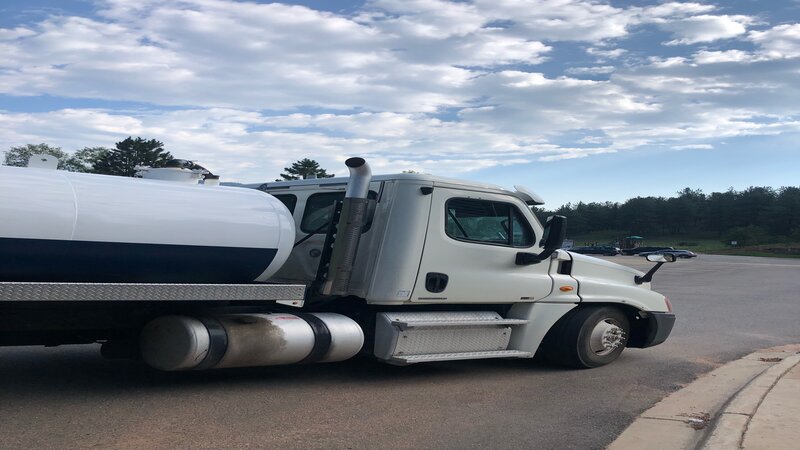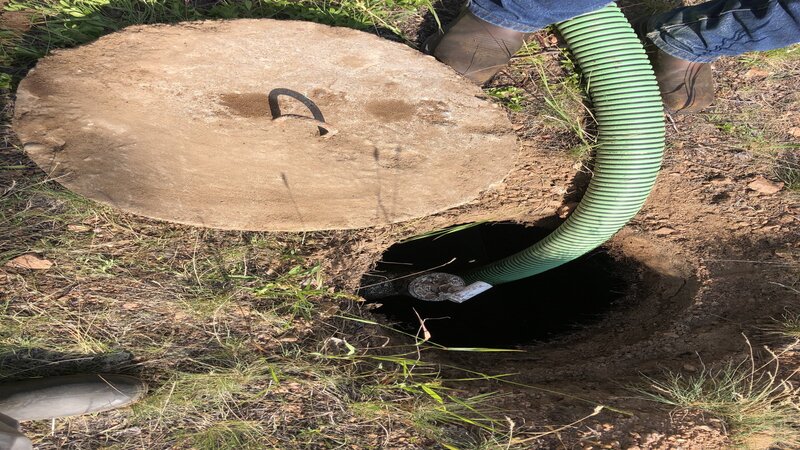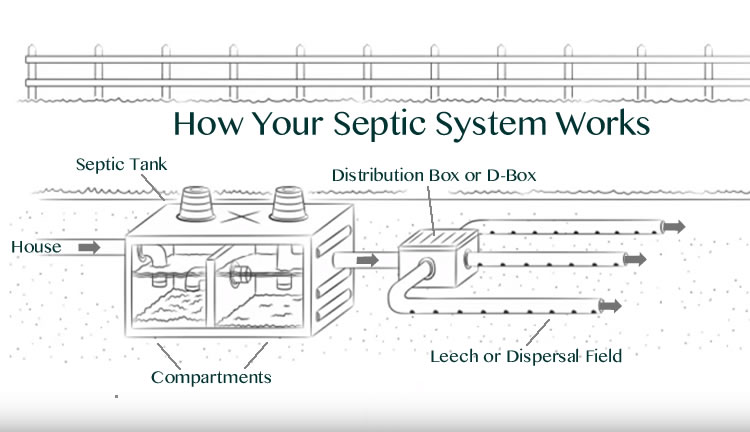How to Properly Maintain Your Sewage Tank

A homeowner or property owner can learn many things about their septic system and how it works and the maintenance that is required. It is important to understand the basics of a septic tank, also known as an onsite wastewater treatment plant if you have a home or are looking to buy one.
If you don't have a city sewer connection, you are 100% responsible to maintain your onsite wastewater treatment (septic) system. It's up to the property owner to fix or replace any problem, which is usually due to neglect or poor maintenance. Failure to properly maintain your septic system could eventually repair or replace the entire system that could cost more than $15,000 $30,000 or more.
These are 6 things you should do to properly maintain your septic system
#1You should make your own diagram of your septic system layout if you're buying a house or you live in one. It is important to know where your septic tanks are located. They can sometimes be buried on older properties. It is also important to know where your clean-outs are, the distribution box, and the location of your leech/dispersal field.
It can help you save money when an expert comes to inspect, maintain, or pump out your system. If the tank lids are not exposed, it can add $50-150 to the cost of labor. This is a simple way to save money on inspections or services.
#2Keep accurate records of the septic system. It is important to keep all records, including any subsequent inspections or pump-out dates, receipts and repair receipts, as well as receipts and receipts from the installation. This is a common mistake homeowners make. However, it's not uncommon for them to do this. We know that having a documented septic system will save you headaches in the future.
#3Install filter for effluent you don't have one, get one. For retrofitting an older tank with special filters, you can get one. Your system will last longer because the effluent filter helps keep solids out. The septic filter acts as insurance, protecting your dispersal field, which is the most costly part of your system.
4.For your convenience, you can arrange for your pumping the septic tank every 3 to 5 Years or at a frequency appropriate for your household's number and how often your septic system is used. We can help you determine the right interval if you are unsure. It's important to ask us when we actually pump out your septic tank. This allows us to see the tank and system in detail and can give you an exact answer.
#5. Water conservation is something you should do as often as possible. Limit the amount of high-water usage activities that are done simultaneously or consecutively. Spread your laundry washing out over the week. Also, avoid running the dishwasher at once. Too much water can cause septic tank overflow and lead to solids in the leech field.
#6Use non-toxic, biodegradable cleaners throughout your home. The use of harmful chemicals to clean your sinks, toilets, showers/bathtubs, and toilets can cause your septic tank to become clogged. This will make it more difficult to pump your tank.
You can save money on future repair and replacement costs by taking care of your septic system.
Ask for a second opinion if your septic system is having problems!
Do you have an estimate that is making you weak at the knees? Is it making your bank account bleed? It's always a good idea to get multiple opinions on your septic system to determine the best course of action. You don't want to be one of those homeowners who has a problem with your septic system. This could save you thousands or even tens of thousands of dollars, and it will also prevent you from paying a dishonest businessman a large sum. Septic problems can be very costly to fix and homeowners often feel helpless. Do not put yourself in this situation.
Keep this in mind Every property owner who has an onsite wastewater treatment system (septic) should perform a septic tank pump out. It is not easy to have to replace or pay for costly repairs after an inspection. If your money is at stake, you need to be 100% sure of your decision.
Schedule Your Service
.jpg)
These are the worst things you can do to your septic system
You may own a property or home with a septic system, or an onsite wastewater treatment plant in Central Colorado.
Read The Article
How to Properly Maintain Your Sewage Tank
A homeowner or property owner can learn many things about their septic system.
Read The Article
Septic System Information For Home Buyers In Coloardo
The purchase of a home is the most important and largest investment for the majority of us.
Read The Article
How Does Your Septic System Actually Work?
So How Does Your Septic System Actually Clean Your Wastewater? If you’ve ever wondered how your septic system
Read The Article